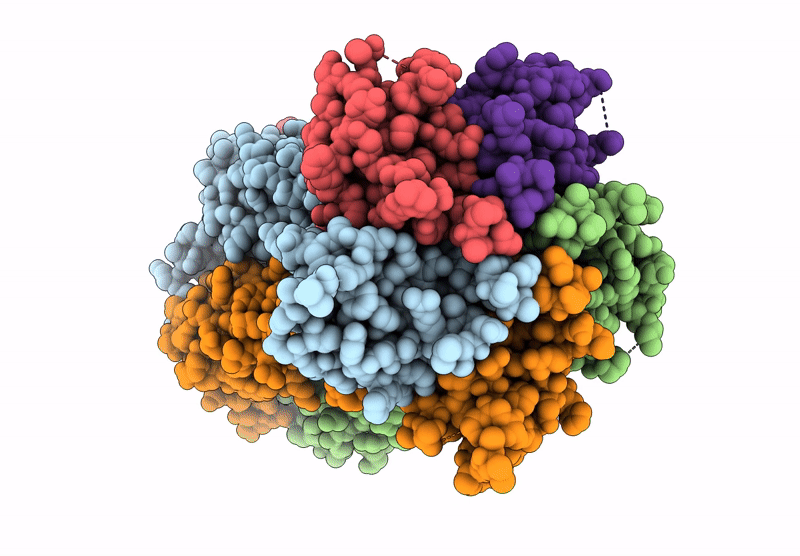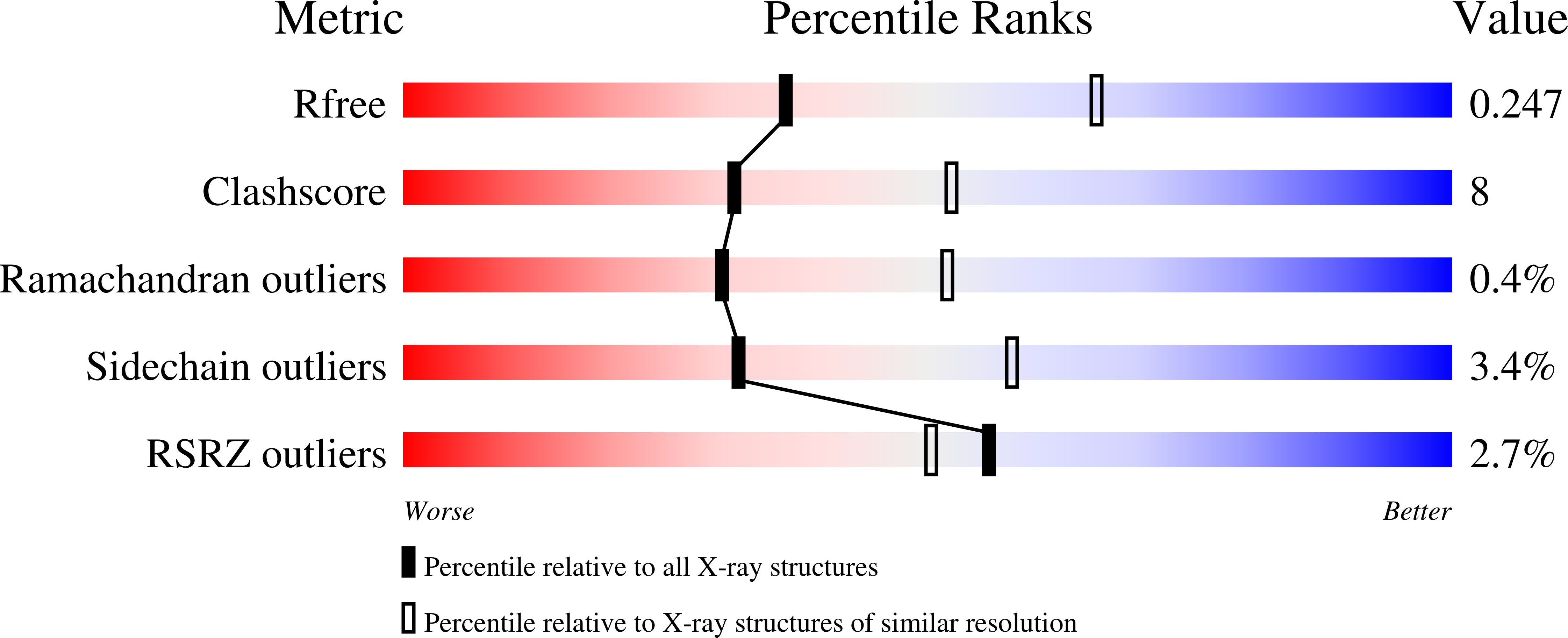
Deposition Date
2024-06-14
Release Date
2025-04-23
Last Version Date
2025-04-23
Entry Detail
PDB ID:
9FQ1
Keywords:
Title:
Structure of the disease-causing mutant P20S of human KCTD1
Biological Source:
Source Organism:
Homo sapiens (Taxon ID: 9606)
Host Organism:
Method Details:
Experimental Method:
Resolution:
2.60 Å
R-Value Free:
0.24
R-Value Work:
0.19
R-Value Observed:
0.19
Space Group:
P 1 21 1


